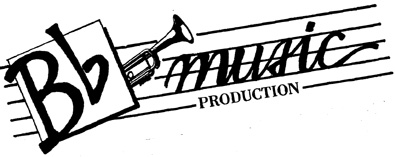 Hunt Plays ARBAN - Lip Slurs
Hunt Plays ARBAN - Lip Slurs
Anyhow - I suggest that you ACTUALLY whistle the "lip trill" in question. Start slowly and gradually increase the speed of the trill. Please take care to notice "what your tongue is doing". Ok? Now do the same procedure over again. But this time, lightly take hold of your chin and carefully "feel" for any chin/jaw movement.
My suspicion is that tongue and jaw movement are interrelated (as so many parameters are). Nonetheless, it is probably in our best interest to minimize the jaw movement, to the extent possible, in the interest of greater rapidity.
Having said that, I would suspect that the "lower" the trill (widening partials), the more the actual "jaw movement" comes into play. (why, an unintended pun!)
My teacher, the late Mr.William B.Best, (1879-1959 Euphonium player with St. Hilda's Brass Band, England) always said that (paraphrased) "One's brass-playing (the mechanics) can never be better than one's lip trill".
Lip trills epitomize flexibility - flexibility is of the essence of trumpet playing!
"Flexibility" is the ability to fluidly and effortlessly leap, whether tongued or slurred, from low to high, and vise-versa. Flexibility is of the essence of brass playing, and the "lip trill" holds the key to flexibility.
Mr. Best always taught that the above is the key to brilliant brass playing. "You can't play the cornet any better than you can lip trill", he often remarked.
Mastering the lip-trill is an important step toward eliminating the "Static Embouchure".
The "downslur" is almost always not done so well as the "upslur". The "down slur" (tension - relaxation) is accomplished with precisely the same mechanics which are used to effect an "up-slur" (relaxation - tension) - albeit in a reversal of sequence! The difference is that we simply don't practice the "downslur" to the extent that we practice "upslurs". Our MUSIC (generically speaking) is centered around an ascending climax. An analogy: go to the piano and play the following chord progression: I - vi - IV - ii - V -I. Easy enough, eh what? Now try this retrogression: I - V - ii - IV - vi - I The exercises of SAIL..C'S are designed with the intent of requiring the player to increase the percentage of "downslur" practice. Thanks for listening! Clyde Hunt Keep 'Em Flying!
Ask Clyde
